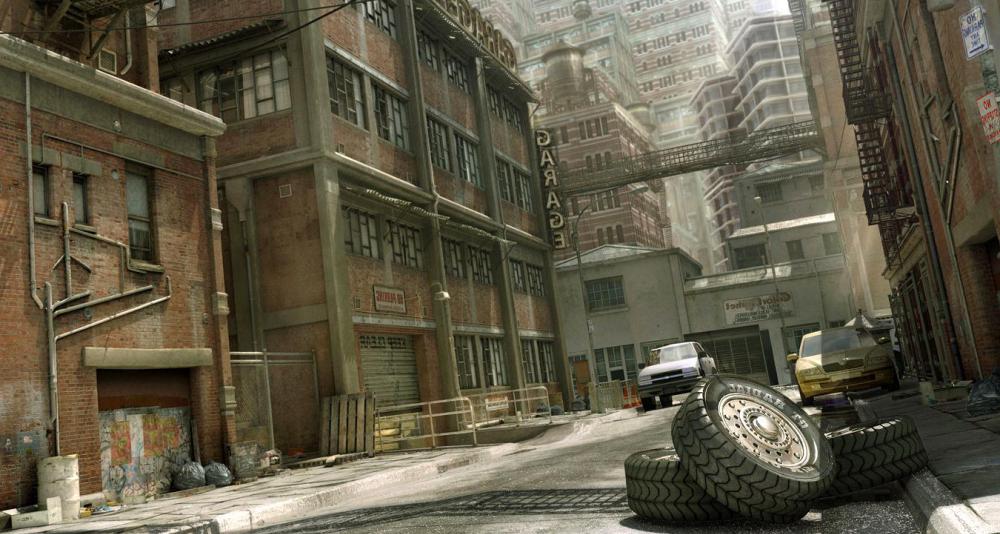At WiseGEEK, we're committed to delivering accurate, trustworthy information. Our expert-authored content is rigorously fact-checked and sourced from credible authorities. Discover how we uphold the highest standards in providing you with reliable knowledge.
What is Redlining?
The term “redlining” is used to refer to the conscious denial of financial services to people in particular neighborhoods. Redlining played a major role in housing bias in the United States well through the 1970s, and some people argue that the practice persists, although it is much more subtle than it used to be. As you might imagine, redlining hurts communities and the people who live in them, creating ghettos where people cannot buy homes, take out loans, or get insurance, and it typically affects low-income and minority neighborhoods.
This word references the fact that financial institutions used to literally draw red lines around neighborhoods they did not want to get involved with. Many cities around the United States were broken up into sectors in the early 20th century, with institutions indicating that newer, whiter neighborhoods should receive more financial support than older, minority neighborhoods. Some historians feel that redlining created the urban ghettos which exist today in many American cities.

One classic example of redlining is mortgage discrimination. Historically, people trying to buy homes in a redlined neighborhood might find their requests denied, even if they provided ample evidence to indicate that they were financially responsible people capable of undertaking the obligations which come with a mortgage. In addition, redlining also made it hard for people to get small business loans and other loans which could have been used to improve their communities.
Redlining could also make it difficult for people to get insurance, with insurance agencies refusing to undertake the risks of covering people in certain areas, and this practice persists to this day, although insurance companies vehemently deny it. Banks might refuse to offer services in redlined neighborhoods, forcing people to use pawnshops and check cashing services for their financial needs, and many retail chains practice so-called “retail redlining,” refusing to open branches in certain areas. As a result, people in some neighborhoods might not be able to access grocery stores, banks, and other institutions they need.
The Fair Housing Act of 1968 banned redlining, and the Community Reinvestment Act of 1977 also specifically banned redlining by forcing lenders to assess applicants on the basis of their individual cases, not their neighborhoods. These acts of legislation arose in response to public outcry about redlining and other practices which violated civil rights. However, some people believe that redlining is still a problem, pointing to the extremely poor and often minority neighborhoods which persist around the United States despite laws which are supposed to create equal access to financial services.
AS FEATURED ON:
AS FEATURED ON:











Discussion Comments
That may be true but they also target the middle class no matter what color or religion or anything.
My daughter and son in law wanted to refinance their house because they had a child and needed to regroup. They had never been late or missed a payment. They have excellent credit and were told they didn't make enough money to refinance at a lower rate and lower payment. Why would a rich person want to refinance when they can pay their bills easily? Go figure.
Post your comments